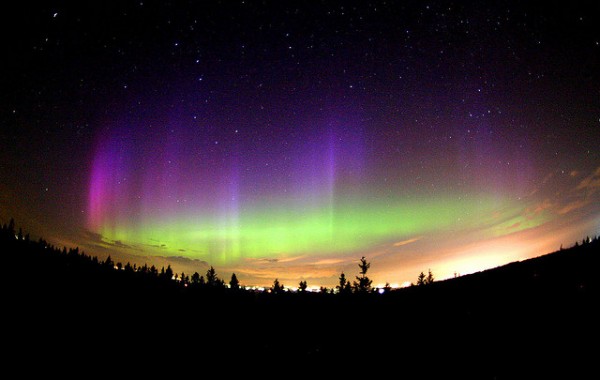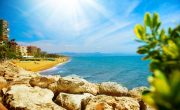You’ve probably read about some of the most famous natural sights around the world, or even seen a picture or two – but how many of them have you seen on camera?
Rather than transporting you around the world (we’re sorry!), we’ve put together a collection of video clips that show some of the most amazing sights on the planet.*
*WARNING: MAY CAUSE GOOSEBUMPS
Northern Lights
The Northern Lights or the Aurora Borealis are one of the most spectacular sights you’ll ever see. With so many colours swirling through the sky, you’d be forgiven for thinking the Earth was about to be invaded by aliens! This mesmerising display was witnessed from the north of Scotland.
Morning Glory Cloud
No, it’s not what you’re thinking! This amazing sight is one of the rarest weather phenomena in the world and takes place on the Gulf of Carpentaria in Northern Australia. This huge rotating cloud can be up to 1,000 kilometres long and is likely to occur after sea breezes and during humid conditions.
Equinox at Chichen Itza
This stunning shadow display takes place twice a year (in autumn and spring) when a serpent-like shadow snakes its way from the top to the base of the iconic Pyramid of Kukulcán at Chichen Itza in Mexico.
Victoria Falls
At over 1.25 miles wide and up to 354 feet tall in some places, Victoria Falls is the largest waterfall in the world, making it a true natural phenomenon at the border of Zambia and Zimbabwe. The mist from the waterfall can be seen from more than 20km away.
Solar Eclipse
Taking place when the moon passes between the sun and Earth, scientists can accurately predict when an eclipse is about to occur. This particular eclipse was filmed from the Indian city of Varanasi, and shows just how fascinating our solar system is.
The Catatumbo Lightning
We’ve all seen lightning before but probably nothing quite like this. This amazing lightning occurs over the mouth of the Catatumbo River in Venezuela, usually during the rainy season here. The phenomenon is in the 2015 edition of the Guinness World Records for having the most lightning bolts per square kilometre each year – at 250.
The Pororoca Wave
Best seen in February and March, the Pororoca Wave (meaning great, destructive noise) takes place on the Amazon River and is the largest tidal bore in the world, creating waves of up to 4 metres high. The huge waves can last for around 30 minutes, and many daring surfers attempt to ride them every year.
Which natural phenomenon do you think is the most impressive? Let us know on our Facebook or Twitter page.
Image: Image Editor via Flickr.






Comments are closed.